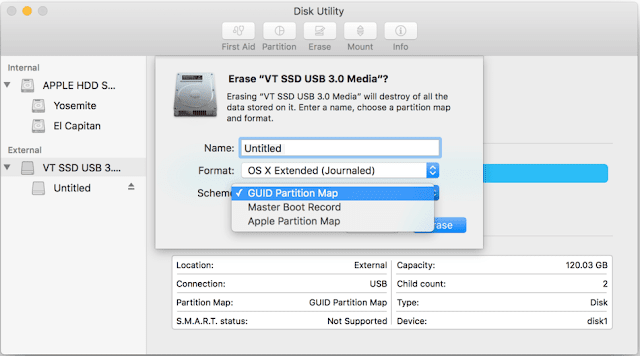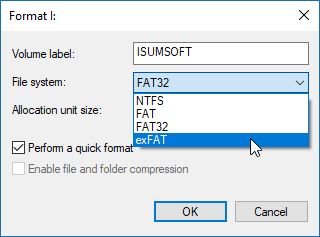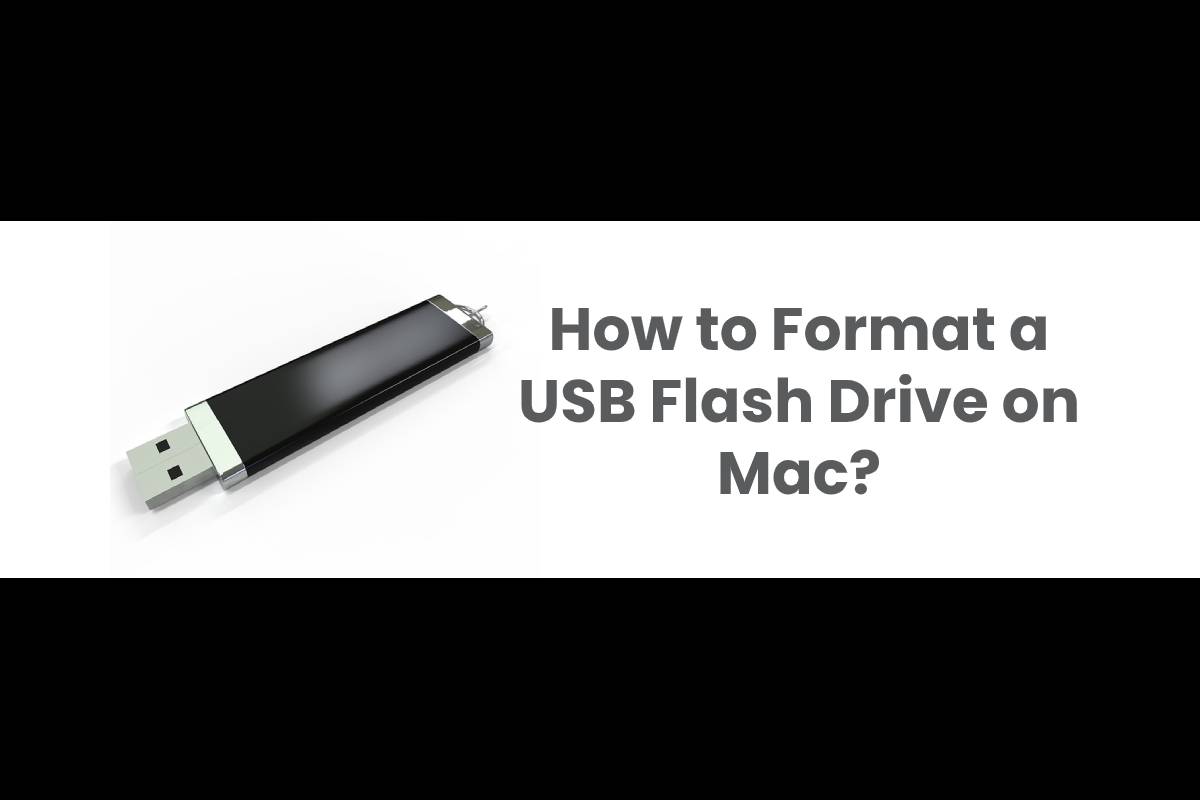
FAT32 is suggested for disk sizes less than 32GB, and ExFAT is suggested for disk sizes more than 32GB.
 MS-DOS(FAT32) and ExFAT: Though FAT32 and ExFAT work for Mac, these formats are commonly used for Windows. Mac OS Extended (Case-sensitive, Journaled): A case-sensitive format that treats “igeeksmedia” and “IGEEKSMEDIA” as different entities. Mac OS Extended (Journaled): An encrypted or case-sensitive format that safeguards the hierarchical file system’s integrity. Advised for macOS 10.12 or earlier. APFS (Case-sensitive, Encrypted): This format has both case-sensitive and secured format attributes. APFS (Case-sensitive): It is an APFS format that treats folder names like “iGeeksBlog” and “IGEEKSBLOG” as two independent entities. APFS (Encrypted): A protected format that is supported with macOS 10.13 and later. APFS: APFS is a standard Mac file system with features such as robust encryption and others. Then select the desired format from the dropdown menu next to Format. Write your USB name next to the Name section. Type disk into the search box and open Disk Utility.
MS-DOS(FAT32) and ExFAT: Though FAT32 and ExFAT work for Mac, these formats are commonly used for Windows. Mac OS Extended (Case-sensitive, Journaled): A case-sensitive format that treats “igeeksmedia” and “IGEEKSMEDIA” as different entities. Mac OS Extended (Journaled): An encrypted or case-sensitive format that safeguards the hierarchical file system’s integrity. Advised for macOS 10.12 or earlier. APFS (Case-sensitive, Encrypted): This format has both case-sensitive and secured format attributes. APFS (Case-sensitive): It is an APFS format that treats folder names like “iGeeksBlog” and “IGEEKSBLOG” as two independent entities. APFS (Encrypted): A protected format that is supported with macOS 10.13 and later. APFS: APFS is a standard Mac file system with features such as robust encryption and others. Then select the desired format from the dropdown menu next to Format. Write your USB name next to the Name section. Type disk into the search box and open Disk Utility.  Launch Spotlight Search (Command+Spacebar). Note: Take a backup of your data before beginning the process of erasing the USB flash drive on your Mac. How to format a USB flash drive with disk utility So, read on to learn how you can format a USB drive on a Mac. Despite this fact, not all accessories or peripherals are Mac-compatible. A USB flash drive is one of the goods that work flawlessly with macOS Ventura or earlier however, it must be made compatible and have enough storage space.
Launch Spotlight Search (Command+Spacebar). Note: Take a backup of your data before beginning the process of erasing the USB flash drive on your Mac. How to format a USB flash drive with disk utility So, read on to learn how you can format a USB drive on a Mac. Despite this fact, not all accessories or peripherals are Mac-compatible. A USB flash drive is one of the goods that work flawlessly with macOS Ventura or earlier however, it must be made compatible and have enough storage space. 
There are a substantial number of Mac users worldwide. Formatting completely erases the drive.You can format a USB flash drive with a disk utility and Terminal command line.Make sure to back up files before formatting the USB drive.







 0 kommentar(er)
0 kommentar(er)
